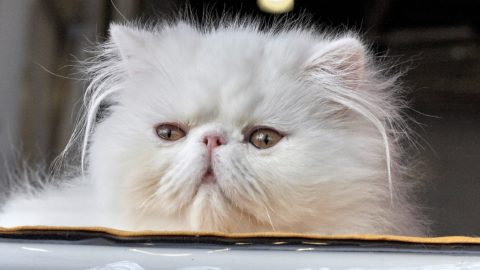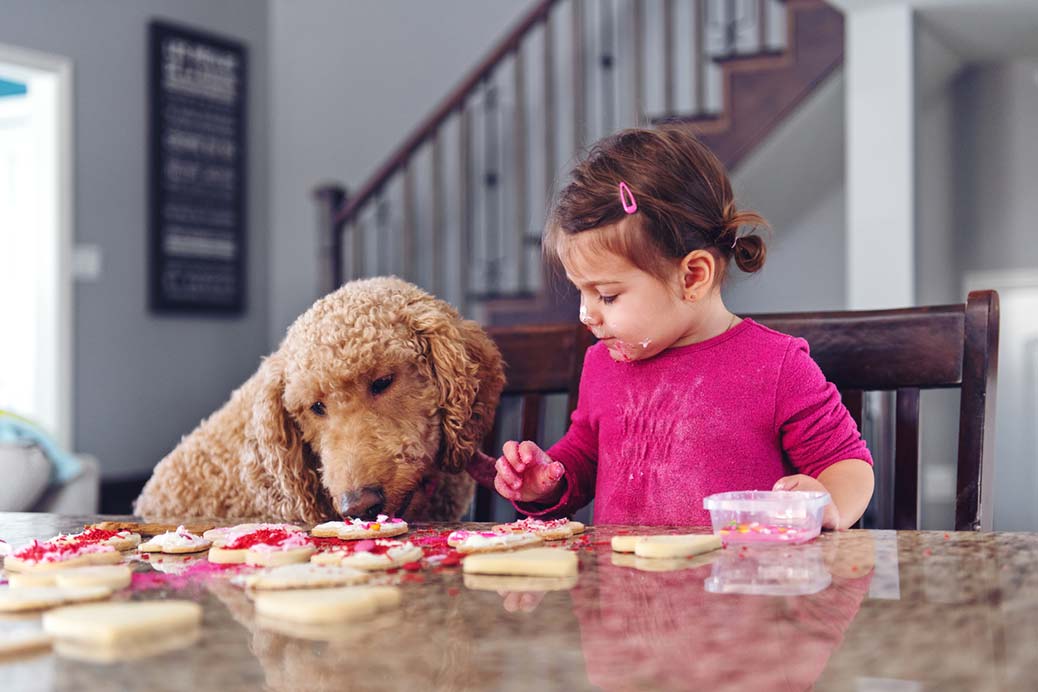The Best Cat Training Treats
Whatever animal you are training, it’s necessary to find a way to motivate them. As reward-based trainers, we find something the animal loves to use as positive reinforcement.
Food works to motivate cats just like for dogs, and so it’s a great choice to use in training. Little pieces of tuna, prawn, chicken, freeze-dried meat or fish, and cat treats are all good ideas.
You can also use the wet cat treats that come in a tube or use a plastic syringe to deliver a meat paste. Experiment to find out what your cat prefers.
There are a couple of issues to bear in mind.
Use the right size treats when training cats
One is the size of the food reinforcement. It’s very common for people to use pieces of food that are too big (especially if you are used to training dogs). Cats are only small, so only use small food rewards.
Many cat treats are too big to use in training and unfortunately some of them are also quite hard to break into smaller pieces. Whereas if you’re using little pieces of tuna or chicken, it’s easy to pull them into small bits.
When I spoke to Dr. Sarah Ellis about her book The Trainable Cat, she gave some advice on the size of food rewards for cats:
“I often recommend that if you are using commercial cat treats, use the freeze-dried ones or the semi-moist ones, because you can pull them into much, much smaller parts. If we’re thinking about a prawn, not a king prawn just an average normal prawn, I would break that maybe into four or five parts at least.”
Delivering treats when training cats
As well as the size of treats, another issue is the manner of delivery. Sometimes cats can be a bit, well, grabby when it comes to taking food. Most of them haven’t been trained since kittenhood to take treats nicely from our hands in the same way that puppies are taught this.
So cats may be a bit… bitey. Or they may reach out for it with their paws and, depending on the cat, those claws are not necessarily sheathed. Either way, ouch!
It can help to use a spoon, wooden spatula, or ice lolly/popsicle stick to offer the food to your cat. That way there are no fingers involved!
Wet food treats that can be licked directly from the tube or syringe also help to save your hands from claws.
If you’re working with a fearful cat and need to keep your distance, you can put treats on a long stick or target stick to deliver to the cat without you having to get closer.
Feline body language
Cats can find training very exciting, and when they are excited they can be even more grabby about the food or active with their claws. Pay attention to your cat’s body language so that you can recognize when they are getting excited, and stop training before they get to the point where they will swipe or grab you.
Dr. Ellis says,
“There are many tell-tale signs before that happens such as dilation of the eyes. Often we see flattening of the ears or wrinkling of the skin, and the tail might start to swish or thrash, or their movements might become a bit more jaggy or stuttered, a bit more staccato.”
Training cats with positive reinforcement
Food isn’t the only thing you can use for positive reinforcement. Depending on the cat, it may be possible to use play or brushing as a reward. Of course, some cats will run away as soon as they see the brush, so it won’t work in that case. But if you have a cat like my Harley who loves to be brushed, then a short brushing stint can make an effective reward.
Always take account of calories used in training when feeding your cat at mealtimes.
And remember, every cat is an individual, so the important thing is to learn what motivates your cat.
If you’d like to try training your cat, I recommend starting with teaching them to like their carrier. You can find a training plan in my book Purr: The Science of Making Your Cat Happy, which is available from all good bookstores. Modern Cat magazine says “Zazie Todd has created a must-have guide to improving your cat’s life.”






